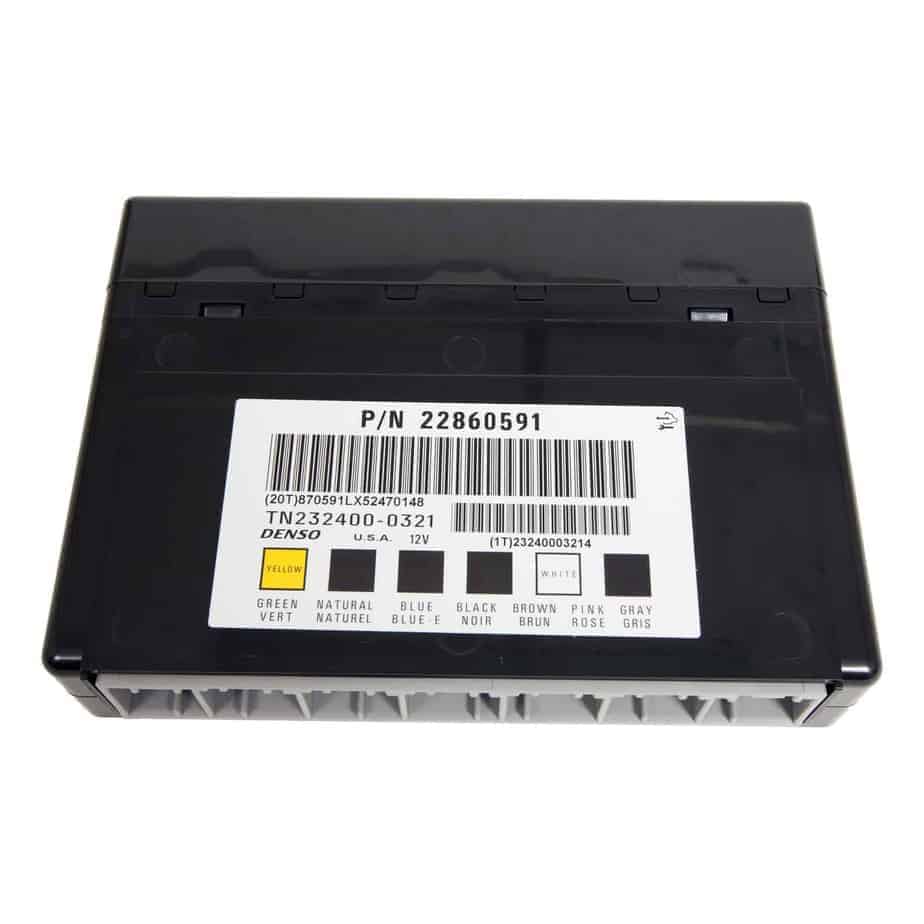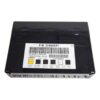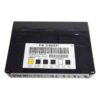Restore Your Impala’s Electrical System to Perfect Health
Are you battling a frustrating array of electrical problems in your Chevrolet Impala? Flickering lights, unresponsive power windows, a security system that acts on its own, or even a car that refuses to start can all point to one central culprit: a failing Body Control Module (BCM). This isn’t just an inconvenience; it’s a breakdown in your vehicle’s nervous system. We offer the definitive solution—a professionally programmed 2006-2013 Impala Body Control Module that arrives ready for a straightforward installation, getting you back on the road with confidence and reliability.
Common Symptoms of a Failing BCM & Your Solution
A faulty BCM can manifest in numerous ways that seem unrelated, making diagnosis a headache. If you’re experiencing any of the following, this module is the reliable fix you need:
- Erratic interior or exterior lights (staying on or not turning on)
- Power windows, door locks, or mirrors working intermittently or not at all
- Vehicle security system malfunctions or false alarms
- Instrument cluster gauges behaving erratically
- Communication errors with other modules (often showing U-codes on a scan tool)
- A no-start condition where the engine cranks but won’t fire up
Instead of paying for expensive diagnostic time and dealership programming fees, our service simplifies the entire process. We take your vehicle’s VIN, flash this module with the latest official GM software specific to your car, and ship it directly to you.
Features & Benefits
- ✔ VIN-Programmed for Your Impala: This module arrives ready to install, eliminating the need for a trip to the dealership for expensive programming. It’s a true plug-and-play solution.
- ✔ Loaded with Latest GM Updates: We flash the unit with the most current software available from GM, ensuring optimal performance, compatibility, and longevity.
- ✔ Fixes Annoying Electrical Gremlins: Restore full, predictable function to your vehicle’s body electronics, from the power locks to the interior lights.
- ✔ Hassle-Free Purchase: There is no core charge on this part. You can keep your old module without the need to ship it back.
- ✔ Broad GM Compatibility: While perfect for the Impala, this BCM is a direct replacement for a wide range of part numbers across many GM vehicles, ensuring a perfect match. A proper 2006-2013 Impala Body Control Module is crucial for system-wide health.
- ✔ Peace of Mind Guarantee: This unit is backed by our one-year replacement warranty.
Expert Insight: The Power of Pre-Programming
From over 20 years of hands-on experience, I can tell you that the biggest hurdle in replacing a modern BCM isn’t the physical installation—it’s the software. In the past, a BCM swap meant towing your vehicle to a dealer, paying their labor rates, and waiting for them to program the new part. Our pre-programming service completely changes the game. By flashing the module to your specific VIN before we ship, we deliver a part that syncs with your car’s existing components right out of the box. This saves you hundreds of dollars and days of downtime, turning a complex repair into a manageable project for a home mechanic or local shop.
Don’t let a faulty computer dictate how your car runs. Take control with this reliable, pre-programmed 2006-2013 Impala Body Control Module and make your vehicle dependable once again.
Frequently Asked Questions
What is a BCM and what does it do?
The Body Control Module (BCM) is a computer in your vehicle that controls and monitors a wide range of electronic accessories not related to the engine. This includes power windows, locks, lights, security systems, wipers, and more. When it fails, these systems can become erratic or stop working altogether.
Is this module difficult to install?
The physical installation is typically straightforward. On the 2006-2013 Impala, the BCM is located on the left-hand (driver’s) side of the dash. It involves disconnecting the battery, removing a few trim panels, and swapping the electrical connectors. Since our module comes pre-programmed, you avoid the most difficult part of the job.
Will this BCM need any additional programming?
No, the main programming is done by us before shipment based on your VIN. However, in some cases, a simple relearn procedure may be required for certain systems after installation, such as the Brake Pedal Position sensor or the Airbag system (SDM key setup) if a warning light appears. These are minor procedures that can often be done with a capable bidirectional scan tool.
How do I provide my VIN?
After you complete your purchase, you will need to send us your 17-digit Vehicle Identification Number (VIN). We cannot program and ship the module without it. You can typically find your VIN on your vehicle’s registration, insurance card, or on a placard on the driver’s side of the dashboard visible through the windshield.
What happens if my airbag light comes on after installation?
If the airbag warning light is on after installing the BCM, it means the new module needs to be synced with the vehicle’s airbag system computer (SDM). A procedure called ‘Setup SDM Primary Key in BCM’ will need to be performed with a professional-grade diagnostic tool to resolve this.
Does this part fit other vehicles besides the Impala?
Yes. This BCM is compatible with a wide range of GM vehicles, including models from Chevrolet, GMC, Cadillac, Buick, and Saturn. Please check the detailed fitment list on this page to confirm it matches your specific make, model, and year.


